15 Brilliant Under-Cabinet Lighting Hacks for Kitchen Makeovers
Table Of Contents
- Introduction
- Why Under-Cabinet Lighting Makes a Difference
- Types of Under-Cabinet Lighting Options
- DIY Installation Hacks Anyone Can Master
- Wireless and Battery-Powered Solutions
- Smart Lighting Integration for Modern Kitchens
- Creative Placement Ideas Beyond the Obvious
- Budget-Friendly Lighting Hacks Under $50
- Styling Tips to Complement Your Kitchen Design
- Common Mistakes to Avoid
- Conclusion
Kitchen makeovers don't always require gutting your space and starting from scratch. Sometimes, the most impactful transformations come from thoughtful, strategic upgrades that enhance both functionality and aesthetics. Under-cabinet lighting is precisely that kind of game-changer—an often overlooked element that can dramatically transform your kitchen's ambiance, functionality, and perceived value.
Whether you're dealing with a rental property with limited modification options, working with a tight budget, or simply looking for a weekend project that delivers impressive results, under-cabinet lighting offers an exceptional return on investment. The right lighting solution can eliminate counter shadows, showcase your beautiful countertops, make food prep safer, and create a warm, inviting atmosphere that elevates your entire kitchen experience.
In this comprehensive guide, we'll explore ingenious hacks, clever DIY solutions, and professional-looking installations that anyone can accomplish—regardless of your DIY skill level. From wireless options perfect for renters to sophisticated smart lighting systems, budget-friendly solutions to creative placement ideas, we've got your kitchen transformation covered. Let's illuminate the possibilities!
15 BRILLIANT UNDER-CABINET LIGHTING HACKS
Transform your kitchen with these game-changing solutions
Why It Matters
- Eliminates countertop shadows
- Creates ambient mood lighting
- Makes spaces feel larger
- Showcases beautiful countertops
Lighting Options
LED Strips
Flexible, cuttable, efficient
Puck Lights
Focused pools of light
Light Bars
Professional, consistent
5 DIY Installation Hacks
Hidden Power Supply
Mount a small power strip behind cabinets or install an outlet inside an upper cabinet.
Perfect Positioning
Install toward front edge (not against wall) to prevent harsh reflections.
Dimmer Upgrade
Add inline dimmers between lights and power source for adjustable brightness.
Cord Management
Use adhesive clips or cord channels painted to match cabinets.
Test Before Installing
Use painter's tape to temporarily position lights and test at different times of day.
Common Mistakes
- Visible Light Dots: Choose LED strips with higher density (60+ LEDs/meter)
- Improper Placement: Mount lights toward front edge, not against wall
- Mixed Color Temps: Keep all lighting consistent in temperature
- Power Overload: Don't daisy-chain too many fixtures to one source
Beyond the Basics
Inside Glass Cabinets: Showcase dishware and decorative pieces
Above Cabinets: Add uplighting for ambient ceiling wash
Under Floating Shelves: Illuminate countertops while highlighting displays
Toe Kick Lighting: Create floating effect and subtle night lighting
Budget Options
Repurposed LED light strips
Battery-operated tap lights
Plug-in light bars with extension cords
Wireless Solutions
Motion-activated strip lights
Rechargeable magnetic systems
Remote-controlled networks
Smart Integration
Voice-controlled systems
Automated scheduling
App-based control options
Transform Your Kitchen Today
Under-cabinet lighting offers one of the highest impact-to-effort ratios of any kitchen upgrade
Shop Home Furnishings at Loft Home© Loft Home Furniture • Singapore's Quality Home Furnishing Destination
Why Under-Cabinet Lighting Makes a Difference
The kitchen is often called the heart of the home, yet many kitchens suffer from inadequate lighting that creates shadowy work surfaces and uninspiring atmospheres. Under-cabinet lighting addresses several functional and aesthetic challenges simultaneously:
Task Lighting Excellence: Overhead lighting typically casts shadows on countertops, especially when you're standing at the counter working. Under-cabinet lights eliminate these shadows, providing clear illumination exactly where you need it for food preparation, reading recipes, or any detailed kitchen task.
Ambiance Creator: Beyond pure function, under-cabinet lighting adds a warm, sophisticated layer of light that transforms the mood of your kitchen. When used as the sole light source in the evening, it creates an intimate atmosphere perfect for casual gatherings or late-night snacks without the harsh glare of overhead lights.
Visual Space Expander: Strategic lighting makes any space feel larger and more open. Under-cabinet lighting pushes shadows away from walls and illuminates backsplashes, creating depth and making even compact kitchens feel more spacious and inviting.
Countertop Showcase: If you've invested in beautiful countertops—whether marble, quartz, or wood—proper lighting ensures these surfaces shine. Under-cabinet lighting accentuates the natural patterns, colors, and textures of your countertops in ways overhead lighting simply cannot.
Types of Under-Cabinet Lighting Options
Understanding your lighting options is the first step toward choosing the perfect solution for your kitchen. Each type offers distinct advantages in terms of installation ease, energy efficiency, light quality, and aesthetic impact:
LED Strip Lights
LED strip lights have revolutionized under-cabinet lighting with their versatility and efficiency. These flexible strips can be cut to precise lengths, bend around corners, and adhere directly to cabinet undersides. Modern LED strips offer impressive customization options:
The latest LED strips provide adjustable color temperatures, allowing you to switch between cool white light (ideal for task lighting) and warm white light (perfect for creating ambiance). Many even offer full RGB color changing capabilities to complement different moods or occasions. With a lifespan of up to 50,000 hours and minimal energy consumption, they represent an economical long-term solution that won't inflate your electricity bills.
Puck Lights
Puck lights create a distinctive lighting pattern with focused pools of light rather than continuous illumination. This creates a sophisticated, almost gallery-like effect that works beautifully in contemporary kitchens. Available in both hardwired and battery-operated versions, puck lights offer flexibility for various installation scenarios.
For rental properties or situations where running electrical wiring isn't feasible, battery-operated puck lights with remote controls provide an excellent no-modification solution. The strategic placement of puck lights—typically spaced 8-12 inches apart—creates alternating patterns of light intensity that add visual interest and dimension to your kitchen space.
Light Bars and Linear Fixtures
For those seeking a more traditional under-cabinet lighting approach, light bars and linear fixtures offer robust, consistent illumination with professional-grade results. These rigid fixtures typically range from 6 to 24 inches in length and can be linked together to span your entire cabinet run.
While installation is slightly more involved than with adhesive LED strips, the results are exceptionally polished and integrated. Modern light bars often feature slim profiles that remain virtually invisible when mounted against the cabinet underside. Many incorporate diffusers that eliminate harsh light points and create a smooth, even glow across your entire countertop surface.
DIY Installation Hacks Anyone Can Master
Installing under-cabinet lighting might seem intimidating, but with these clever hacks, even novice DIYers can achieve professional-looking results without specialized tools or extensive electrical knowledge:
The Hidden Power Supply Trick
One of the biggest challenges in under-cabinet lighting is concealing the power supply and cords. A brilliant solution is to mount a small power strip to the back or underside of your upper cabinets, hidden from view but accessible for plugging in your lighting. For an even cleaner look, consider installing an outlet inside one of your upper cabinets (if code permits in your area).
For cord management, adhesive cord clips or cord channels painted to match your cabinets can route wires neatly along cabinet edges. Another clever approach is to run cords through the hollow space that often exists behind the cabinet backing or along the top of your backsplash where they'll remain out of sight.
The Perfect Positioning Method
Proper positioning makes all the difference in under-cabinet lighting effectiveness. The ideal placement is toward the front edge of the cabinet (not pushed against the wall), which prevents harsh reflections on glossy backsplashes while fully illuminating your work surface.
Before permanent installation, use painter's tape to temporarily position your lights and test their effect at different times of day. This simple step helps avoid placement regrets and ensures optimal light distribution across your countertops. For cabinets with decorative trim or molding along the bottom edge, mounting the lights on a thin wooden strip painted to match your cabinets creates a recessed channel that hides the fixture while allowing light to shine through.
The Dimmer Upgrade
Adding dimming capability to your under-cabinet lighting dramatically increases its versatility. While hardwired dimmer switches offer the most integrated solution, there are simpler options for DIY installations. Inline dimmer switches that connect between your lights and power source provide adjustable brightness without any wall modifications.
For LED strip lights, many kits now include remote-controlled dimmers or even smartphone app control. This allows you to preset different brightness levels for various activities—bright illumination for meal prep, subdued lighting for evening ambiance, or a gentle nightlight setting for midnight kitchen visits.
Wireless and Battery-Powered Solutions
For renters, historical homes with challenging electrical access, or anyone wanting to avoid electrical work, wireless under-cabinet lighting options have improved dramatically in recent years:
Motion-Activated Strip Lights: Battery-operated LED strips with built-in motion sensors provide hands-free illumination exactly when you need it. These intelligent systems conserve battery life by activating only when someone approaches the counter and automatically shutting off after a period of inactivity. Most can run for weeks or even months between battery changes, depending on usage patterns.
Rechargeable Systems: The latest generation of rechargeable under-cabinet lighting eliminates the ongoing cost and waste of disposable batteries. These systems typically feature magnetic mounting that allows for easy removal when recharging is needed. Many models offer impressive run times of 20+ hours per charge at full brightness, with even longer durations at lower light settings.
Remote-Controlled Networks: For larger kitchens, wireless lighting networks allow multiple battery-powered units to be controlled simultaneously with a single remote. This creates a cohesive lighting experience without the complexity of hardwired systems. Some advanced models even remember your preferred brightness settings when powered on, providing consistent illumination with each use.
The wireless revolution has extended to lighting with solar charging options as well. While perhaps not the first choice for primary under-cabinet lighting, these sustainable solutions can provide supplementary illumination in areas near windows or as accent lighting along open shelving that receives indirect sunlight during the day.
Smart Lighting Integration for Modern Kitchens
For tech-savvy homeowners, smart under-cabinet lighting opens up exciting possibilities for kitchen illumination that responds to your lifestyle:
Voice-Controlled Convenience: Integrating under-cabinet lighting with smart home assistants like Google Home, Amazon Alexa, or Apple HomeKit enables hands-free control—particularly valuable when your hands are messy from cooking. Simple voice commands can adjust brightness, change colors, or activate preset lighting scenes without interrupting your kitchen workflow.
Automated Scheduling: Smart lighting systems can be programmed to follow your daily routines. Imagine under-cabinet lights that gradually illuminate at 50% brightness as you enter the kitchen for your morning coffee, automatically brighten to full intensity during meal preparation hours, then shift to a warm, relaxing glow in the evening.
Responsive Environments: Advanced smart lighting can respond to other activities in your home. Your under-cabinet lights could automatically activate when your smart refrigerator opens, gradually dim when your smart TV in the adjacent living room turns on for movie night, or synchronize with other lighting zones throughout your home for unified lighting scenes.
Many smart lighting systems also offer energy monitoring features that track electricity usage over time, helping you optimize both convenience and efficiency. While smart systems typically require a higher initial investment, they offer unparalleled convenience and can be expanded incrementally as budget allows.
Creative Placement Ideas Beyond the Obvious
While standard under-cabinet lighting transforms countertops, thinking beyond conventional placement unlocks even more potential for your kitchen lighting design:
Inside Glass-Front Cabinets: Adding strip lights or small puck lights inside cabinets with glass doors creates a stunning showcase for your fine dishware, glassware, or decorative pieces. This unexpected lighting position turns storage into display space, adding depth and visual interest to your kitchen, especially in the evening hours.
Above Cabinets: If your cabinets don't reach the ceiling, the space above them provides an excellent opportunity for ambient uplighting. LED strips placed along the top of cabinets direct light upward, washing the ceiling with a soft glow that eliminates the harsh "cave effect" often created by dark upper spaces. This technique is particularly effective in kitchens with high ceilings.
Under Floating Shelves: Open shelving continues to be a popular kitchen design element, and adding lighting beneath these shelves serves both practical and aesthetic purposes. The light illuminates countertops below while simultaneously highlighting decorative items or frequently used tools displayed on the shelves. Shelves from collections that feature integrated lighting channels make this application particularly seamless.
Toe Kick Lighting: The recessed space beneath your lower cabinets (the toe kick area) offers a unique lighting opportunity that's both unexpected and functional. LED strips mounted in this area create a floating effect for your cabinets while providing subtle night lighting that doesn't disrupt sleep cycles. This application is particularly appreciated for midnight kitchen visits or as a sophisticated nightlight alternative.
Budget-Friendly Lighting Hacks Under $50
Transforming your kitchen with under-cabinet lighting doesn't have to strain your wallet. These affordable hacks deliver impressive results without the premium price tag:
Repurposed LED Light Strips: Basic LED light strips designed for closets or utility areas can be repurposed for under-cabinet use at a fraction of the cost of kitchen-specific lighting. While these budget options may lack the color-changing capabilities or smart features of premium versions, they provide excellent task lighting for everyday use. Look for models with adhesive backing for tool-free installation.
Battery-Operated Tap Lights: Simple push-activated LED puck lights cost as little as $15 for a multi-pack and install in seconds without any wiring. While not as sleek as integrated systems, their affordability allows you to add lighting throughout your kitchen—under cabinets, inside pantries, or in dark corners. The latest models feature surprisingly long battery life and improved light quality compared to earlier generations.
Plug-in Light Bars with Extension Cords: Pre-wired LED light bars that plug into standard outlets offer an economical middle ground between battery-operated and hardwired systems. By connecting multiple units with small extension cords and securing all wiring with adhesive clips, you can create a cohesive lighting system across multiple cabinet sections without electrical modifications.
Reflective Backsplash Enhancement: Maximize the impact of even minimal under-cabinet lighting by ensuring your backsplash has reflective qualities. White subway tiles, mirror-finish backsplashes, or even temporary peel-and-stick metallic tiles can dramatically amplify light distribution by reflecting and dispersing the available illumination across a wider area.
Styling Tips to Complement Your Kitchen Design
The right under-cabinet lighting should enhance your kitchen's existing design elements while adding its own subtle contribution to the overall aesthetic:
Color Temperature Coordination: The color temperature of your under-cabinet lighting should complement both your kitchen's color palette and the type of countertop material. As a general rule, warm white lighting (2700-3000K) enhances warm-toned kitchens with wood elements, terracotta, or beige/cream color schemes. Cool white lighting (3500-4000K) typically works better with modern kitchens featuring white, gray, or blue color palettes and materials like concrete or stainless steel.
Lighting Layers: Under-cabinet lighting works best as part of a layered lighting approach rather than in isolation. Consider how it will interact with your existing overhead lighting, pendant lights, and natural light sources. The goal is to create a balanced lighting environment where under-cabinet lights contribute to the overall scheme without creating harsh contrasts or competing light sources.
Material Considerations: Different countertop materials interact with light in unique ways. Highly polished surfaces like granite or quartz can create unwanted reflections or glare if your under-cabinet lighting is too intense or improperly positioned. Matte surfaces like butcher block or honed stone may require brighter lighting to achieve the same visual impact. Test different positions and intensities to find the perfect balance for your specific materials.
Cabinet Coordination: Consider your cabinet style when selecting under-cabinet lighting fixtures. For contemporary kitchens with clean lines, ultra-thin LED strips or recessed fixtures maintain the minimalist aesthetic. For traditional kitchens with detailed cabinetry, fixtures with a bit more visual presence or a classic finish might better complement the overall design language.
Common Mistakes to Avoid
Even simple under-cabinet lighting installations can go awry without proper planning. Here are the most common pitfalls to avoid:
Visible Light Dots: Low-quality LED strips often show individual light dots rather than producing a smooth, continuous light band. This creates a distracting, unprofessional appearance. Look for LED strips with higher LED density (at least 60 LEDs per meter) and proper diffusion to ensure an even, seamless light distribution across your countertops.
Improper Placement: Mounting lights too far back against the wall rather than toward the front edge of the cabinet is perhaps the most common mistake. This positioning creates glare on backsplashes and fails to properly illuminate the work surface. The optimal position is about two-thirds of the way forward from the wall, directing light onto the counter rather than the backsplash.
Inconsistent Color Temperatures: Mixing different types of lighting with mismatched color temperatures creates a jarring, uncoordinated effect. Ensure all your under-cabinet lighting matches in color temperature, and ideally, coordinate this with your other kitchen lighting for a cohesive look. This is particularly important in open-concept spaces where kitchen lighting visually connects with adjacent living areas.
Inadequate Power Planning: Daisy-chaining too many LED fixtures to a single power source can result in voltage drop, where lights furthest from the power supply appear dimmer than those closest to it. Follow manufacturer guidelines for maximum run lengths, and consider using multiple power injection points for extensive installations to maintain consistent brightness throughout.
Conclusion
Under-cabinet lighting represents one of the most impactful yet accessible kitchen upgrades available to homeowners and renters alike. From enhancing functionality with task lighting to creating ambiance with warm accent illumination, these versatile lighting solutions deliver benefits far beyond their modest investment and installation effort.
Whether you opt for a sophisticated smart lighting system, a budget-friendly DIY solution, or something in between, the transformation will be immediately apparent. Dark, shadowy countertops become vibrant workspaces; ordinary backsplashes gain depth and character; and your entire kitchen atmosphere shifts from purely functional to invitingly comfortable.
As you plan your kitchen lighting upgrade, remember that the most successful implementations balance practicality with aesthetics. Your under-cabinet lighting should work hard when you're preparing meals, create atmosphere when you're entertaining, and complement your kitchen's design language at all times. With the diverse options and creative approaches we've explored, you can craft a lighting solution perfectly tailored to your specific kitchen needs and design preferences.
The beauty of under-cabinet lighting lies in its accessibility—it's a home improvement project with professional-looking results that's genuinely achievable for DIY enthusiasts of all skill levels. So gather your supplies, consider which approach best suits your situation, and prepare to see your kitchen in a whole new light!
Explore more
- 1 seater sofa
- 2 seater sofa
- 3 seater sofa
- 4 seater sofa
- Advantages and Disadvantages of Wooden Furniture
- Bar Table
- Bed Frame
- Bed Room
- Cabinet
- Coffee Tables
- Contemporary Style
- Design
- Dining Chair
- Dining Room
- Dining Table
- Display cabinet
- Display shelf
- Dressing Table
- Ergonomic Chair
- Extendable Dining Tables
- fabric sofa
- Feng Shui
- Furniture Buying Guide
- Furniture On Sales
- Home Office
- Industrial Style
- Interior
- L shape sofa
- L Shape Sofas
- leather sofa
- Living Room
- Mattress
- Modern Style
- Office Chair
- Outdoor Dining Tables
- Round Dining Tables
- Scandinavian Style
- Selection Sofas
- shelves
- side cabinet
- Side Tables
- sideboards
- Sintered Stone Dining Tables
- Sofa
- Storage
- Store Updates
- Storewide Sales
- Study Chair
- Study Desk
- Study Room
- Study Table
- Style
- Tables
- Tambour Doors
- Trend
- TV Console
- Vintage Style
- Wood
- Wooden Dining Tables
- Wooden Furniture
Popular posts
Popular posts
Popular posts
Featured product
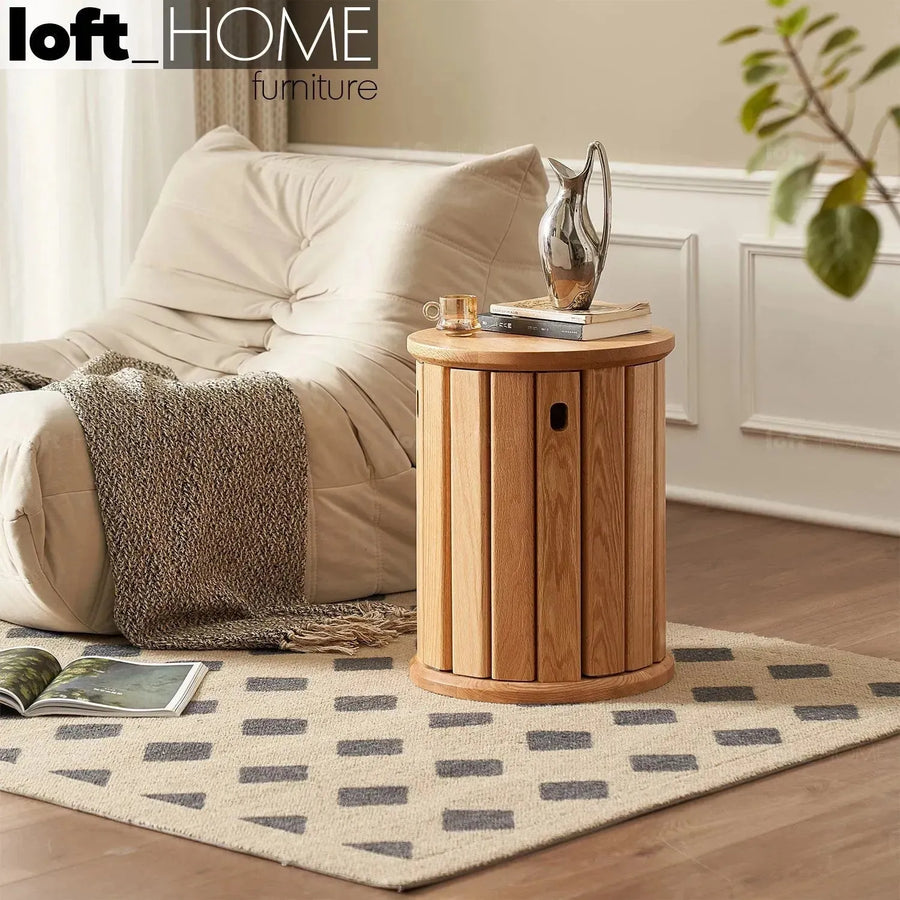
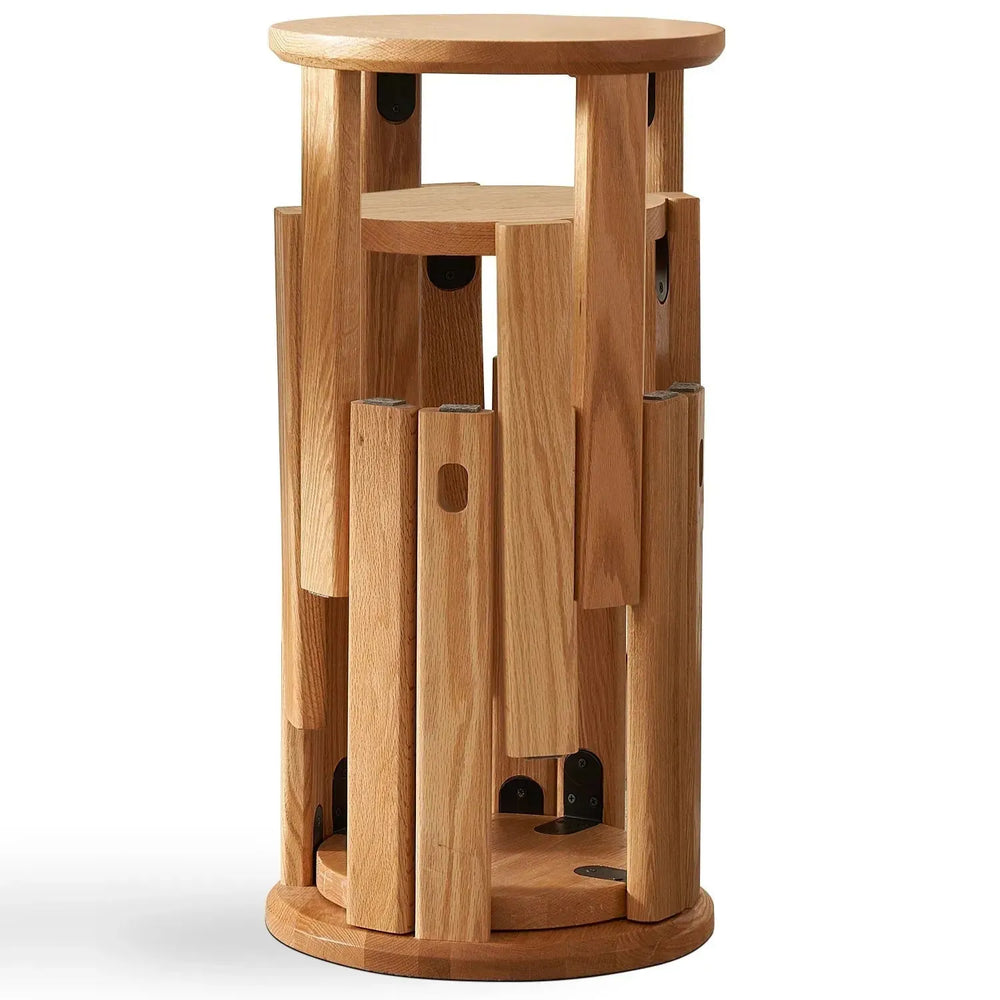
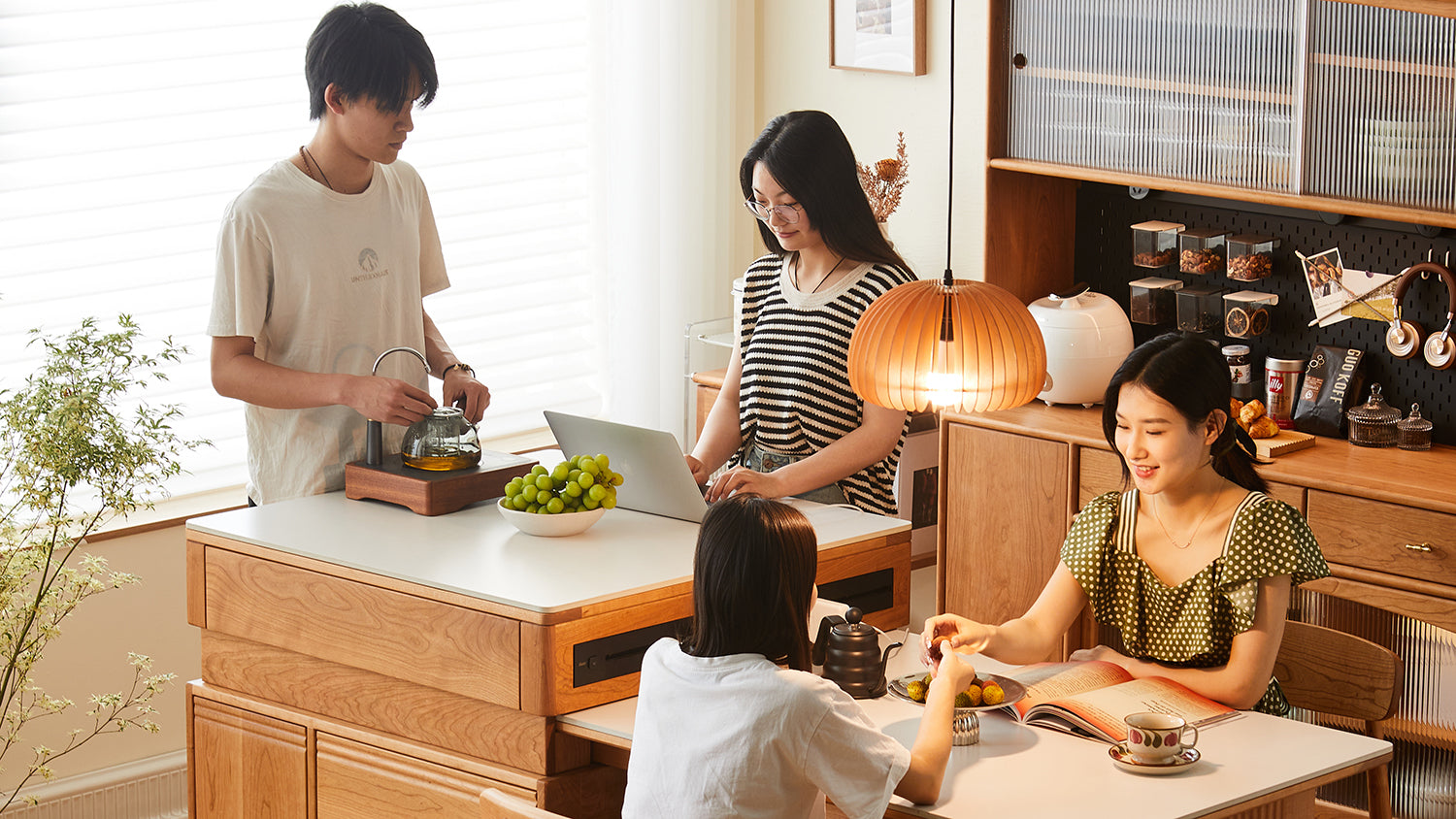

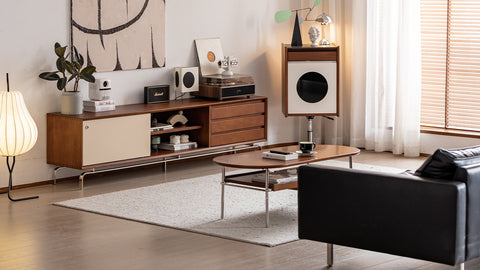

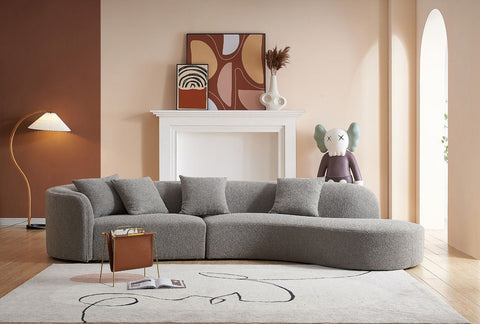
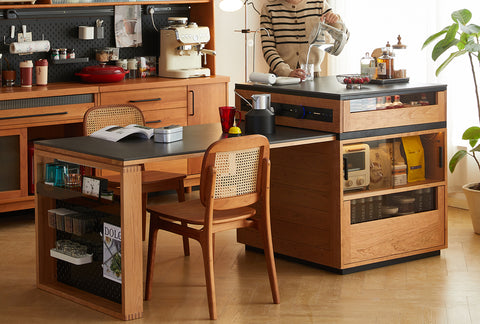
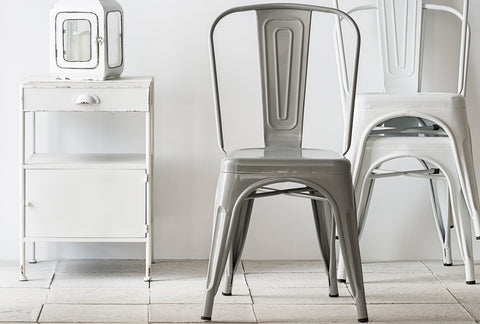
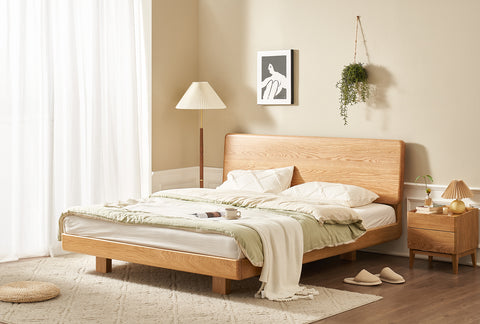
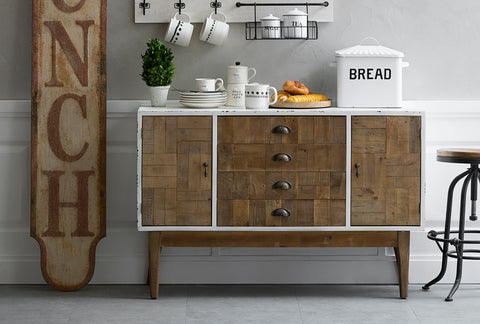




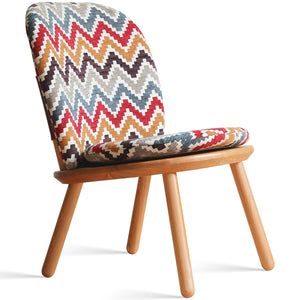
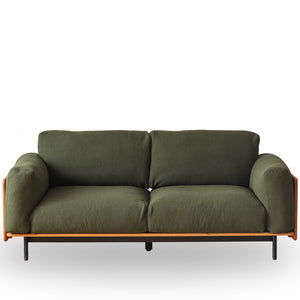
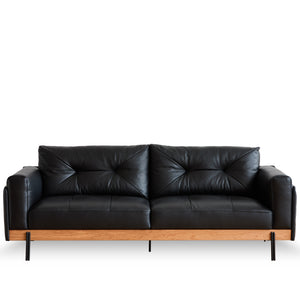
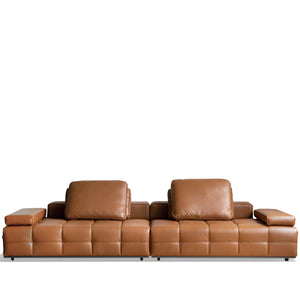
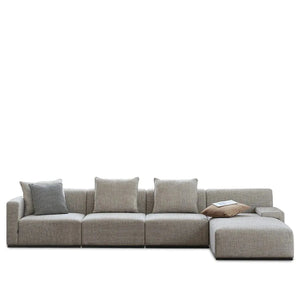
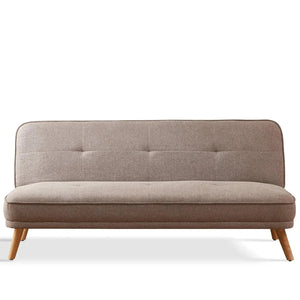
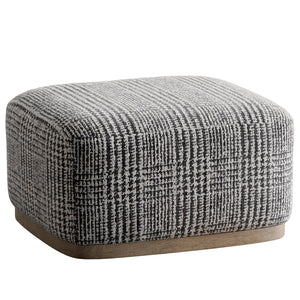
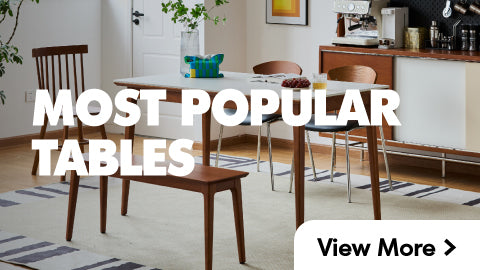
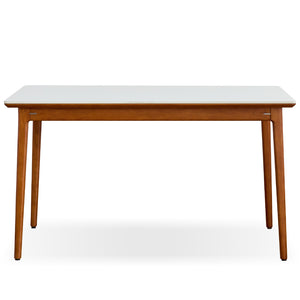
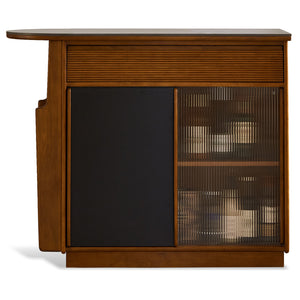
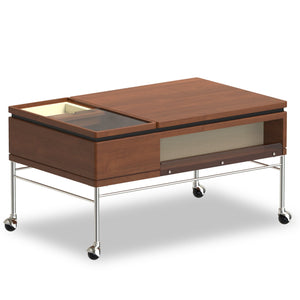
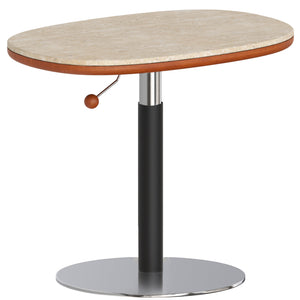
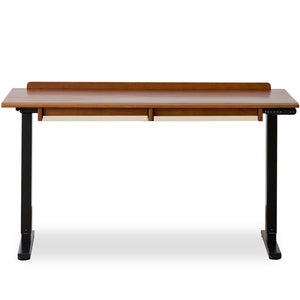
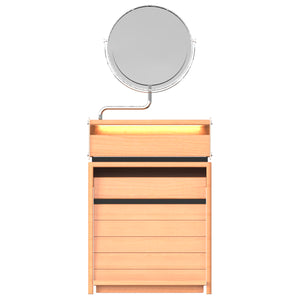

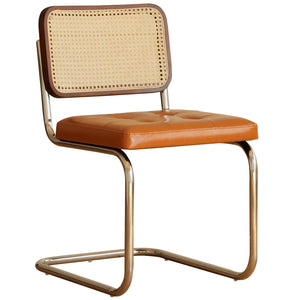
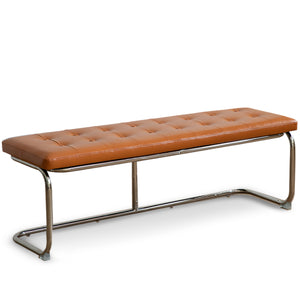
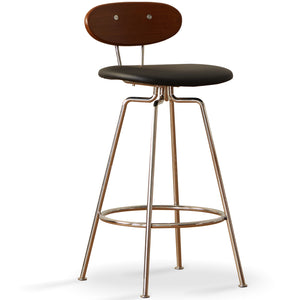

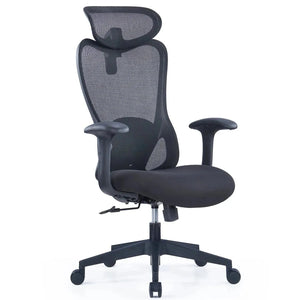

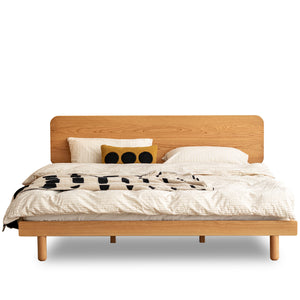


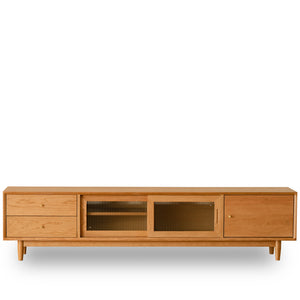
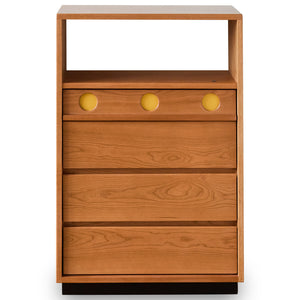
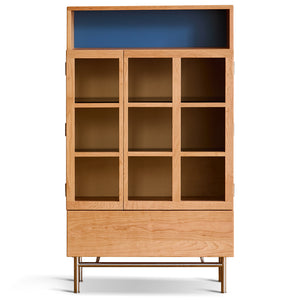
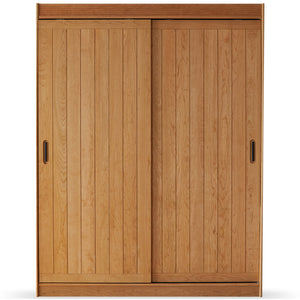
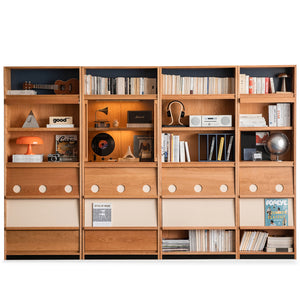

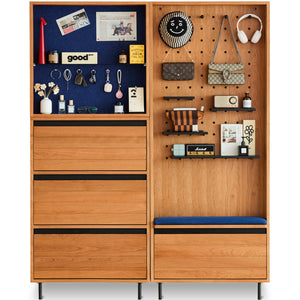
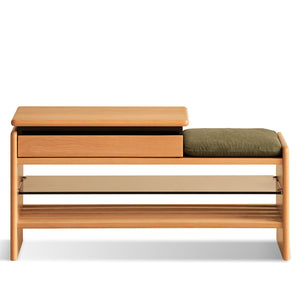
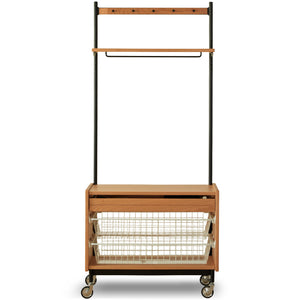
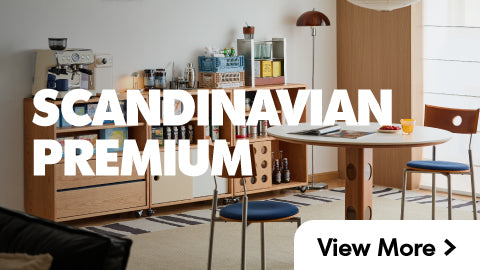






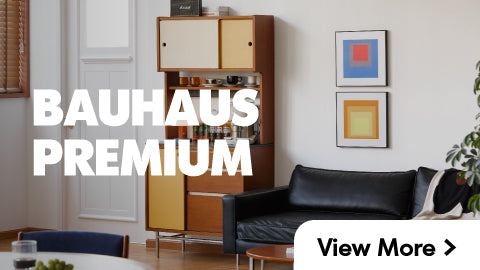














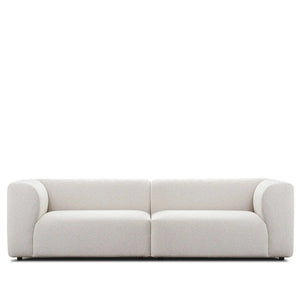




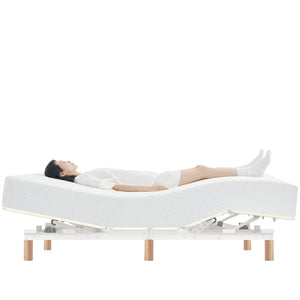
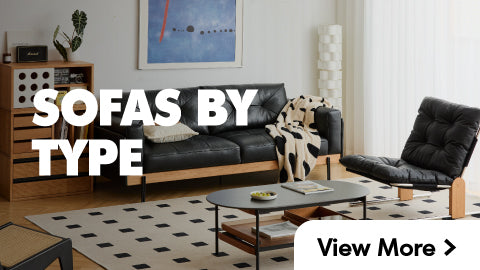
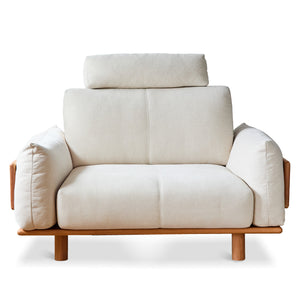

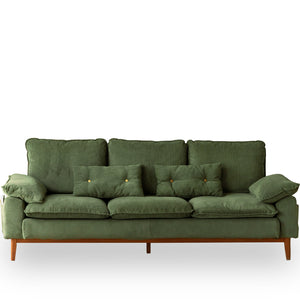
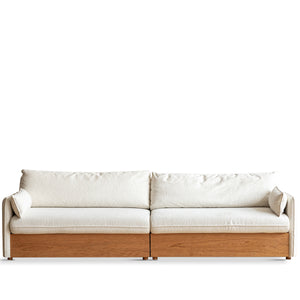
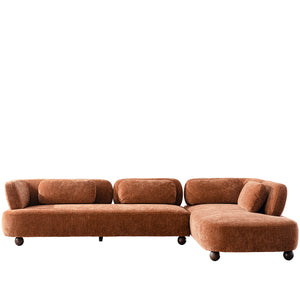
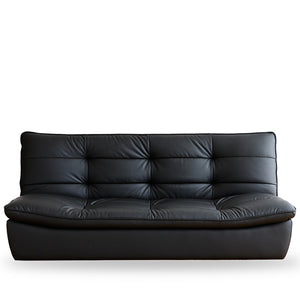
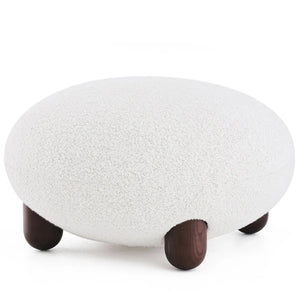

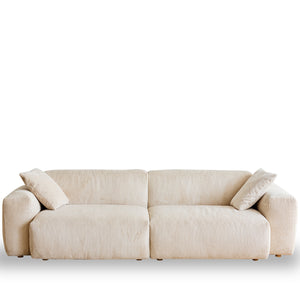
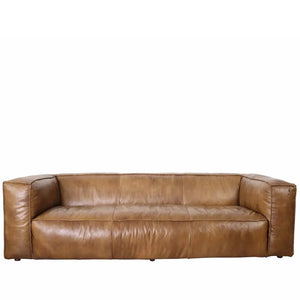
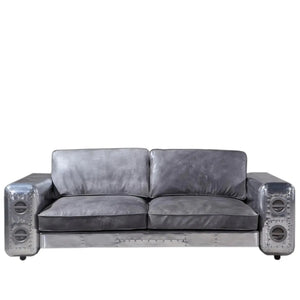
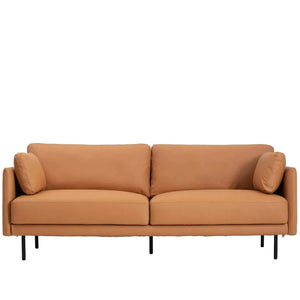
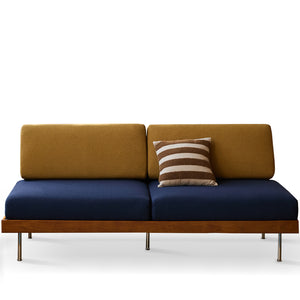
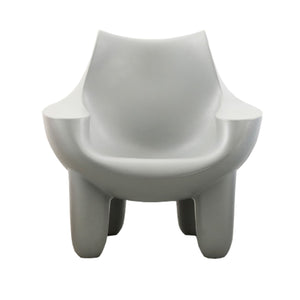


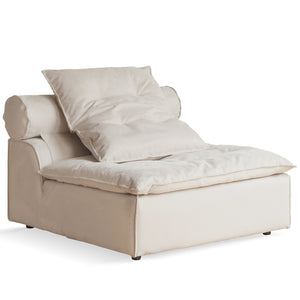

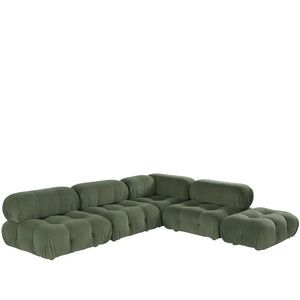
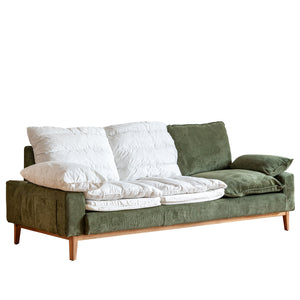
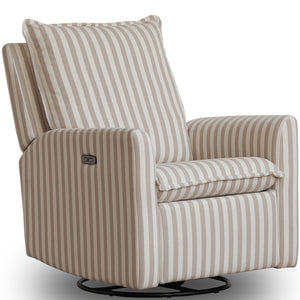

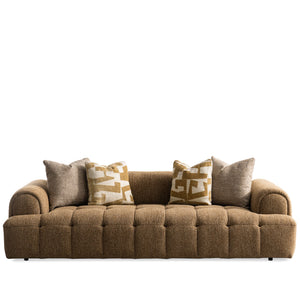

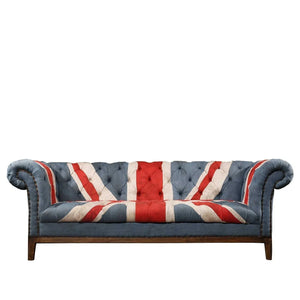
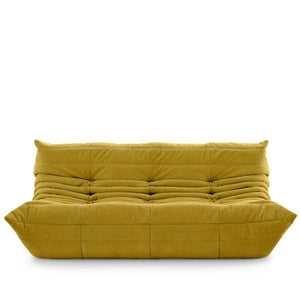
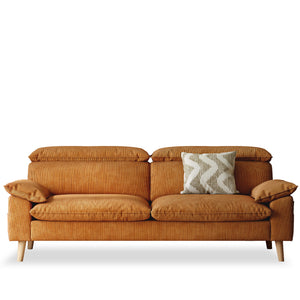
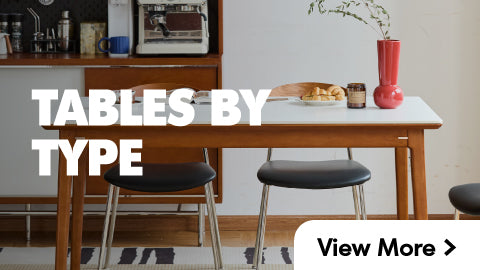
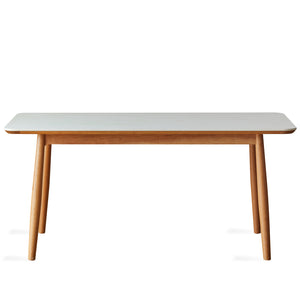
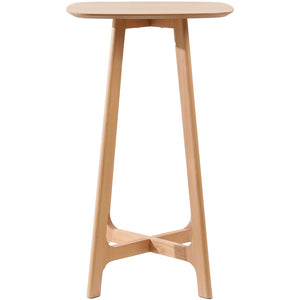
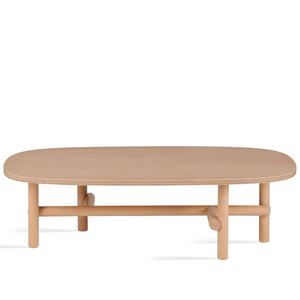
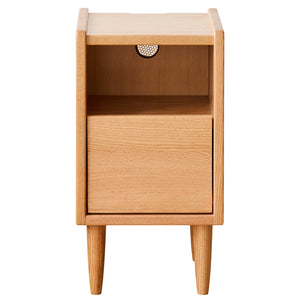
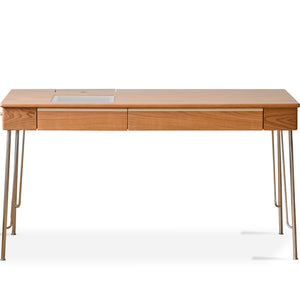
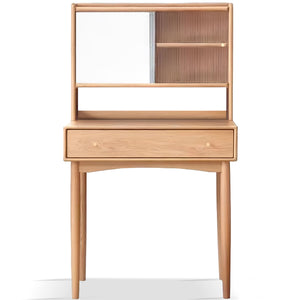
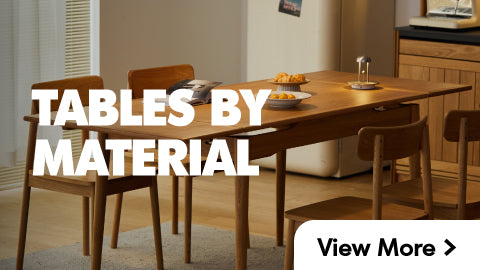
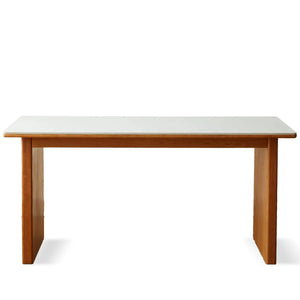
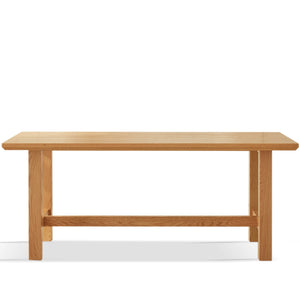
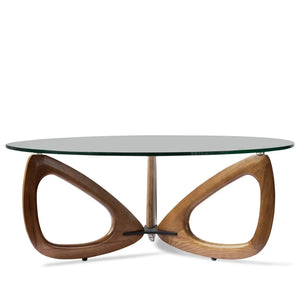
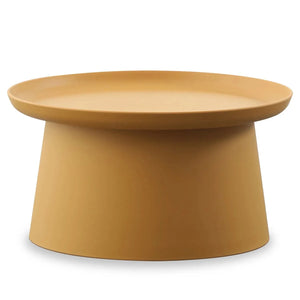

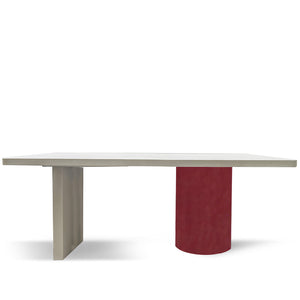
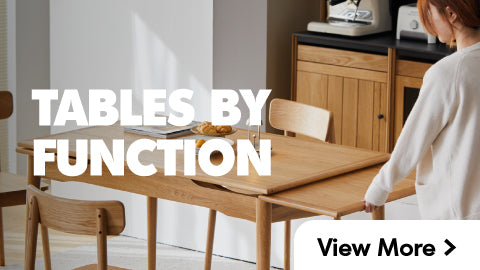
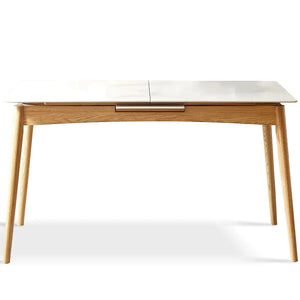
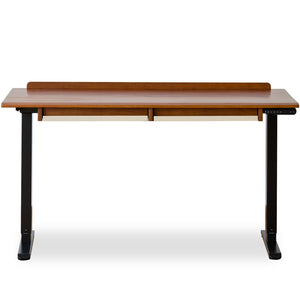
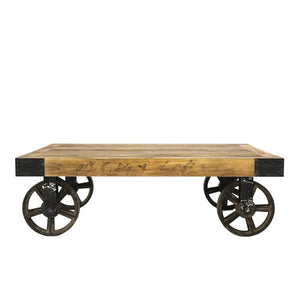

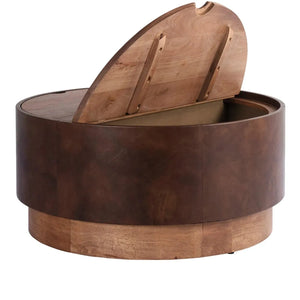
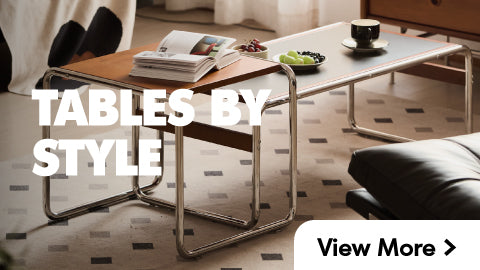
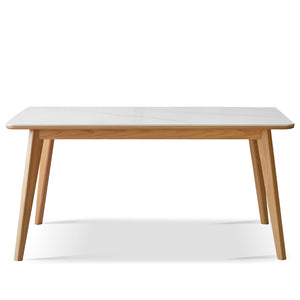

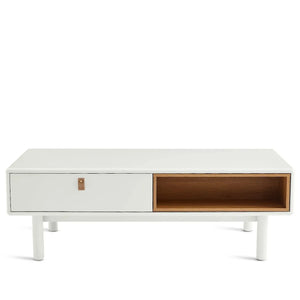
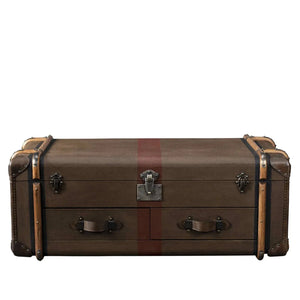
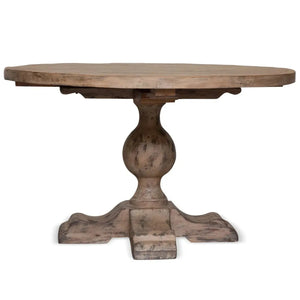
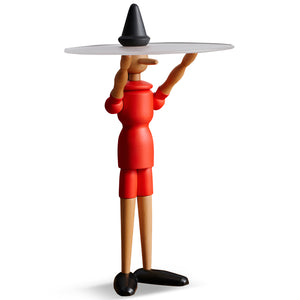
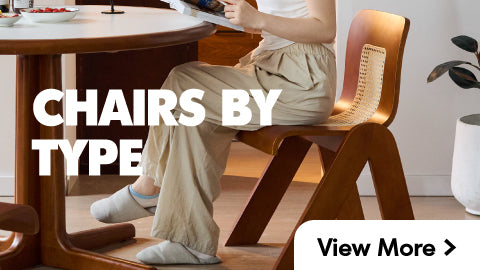
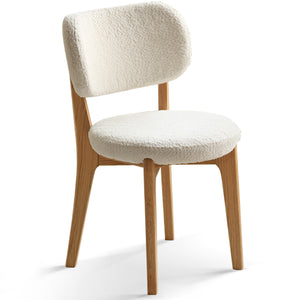
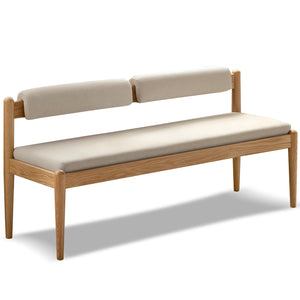
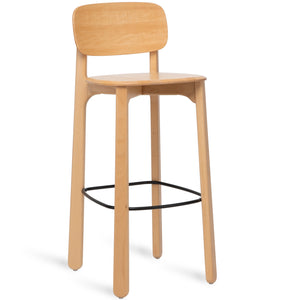
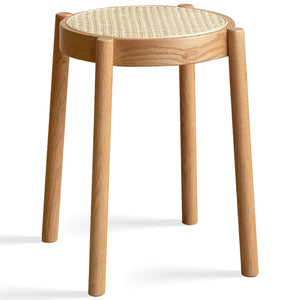
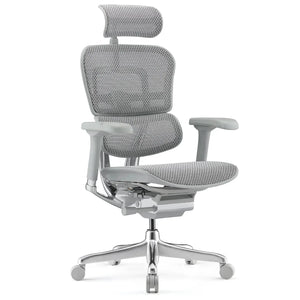
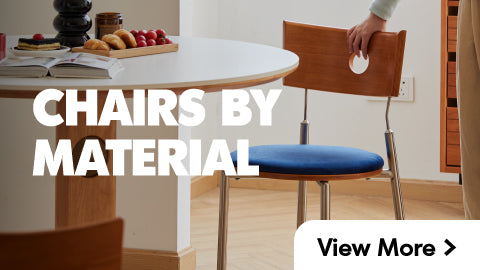
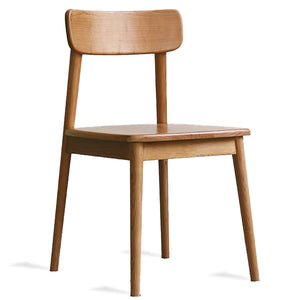
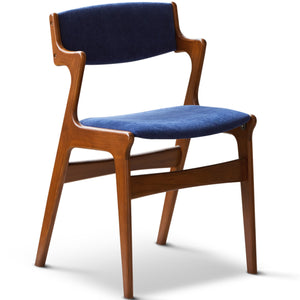
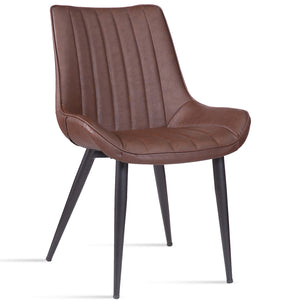
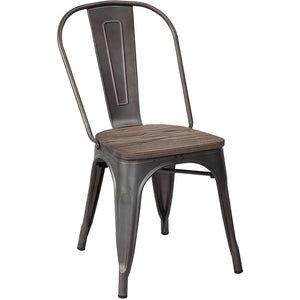
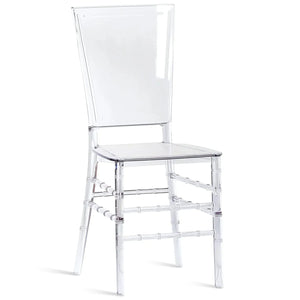
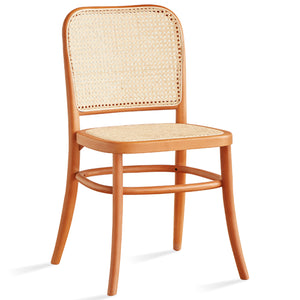
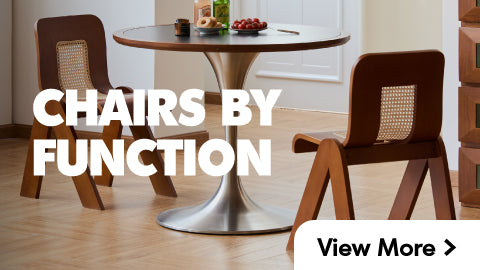
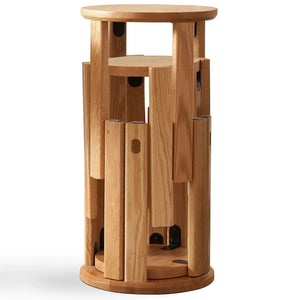

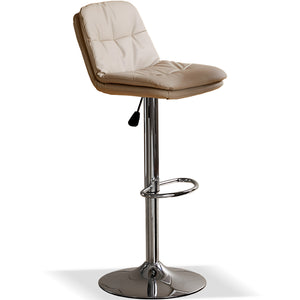
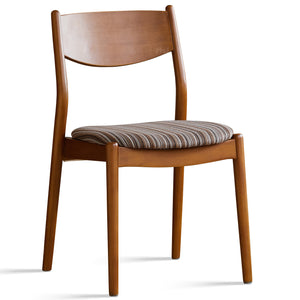
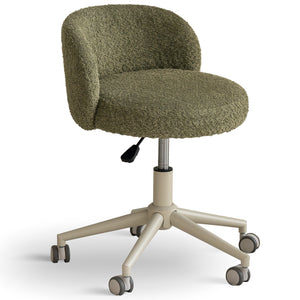
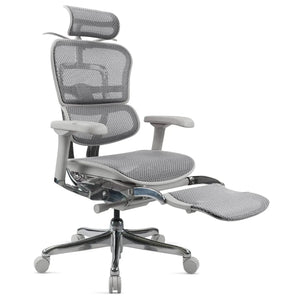
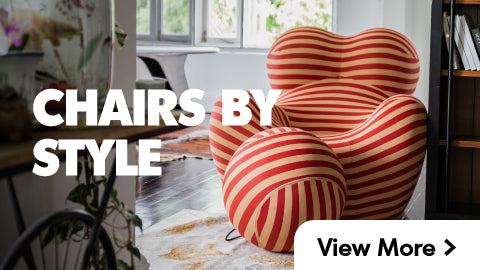
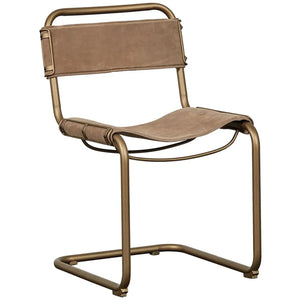
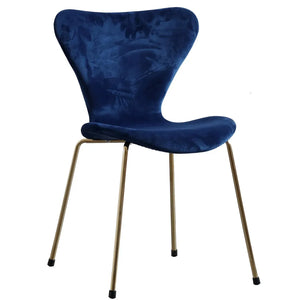
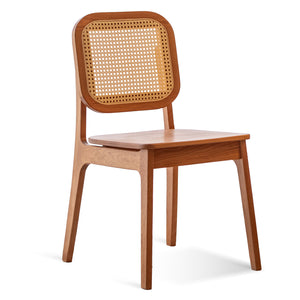
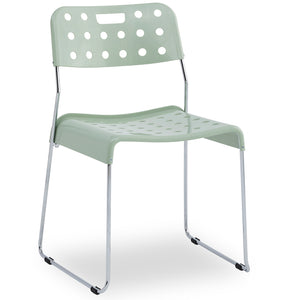
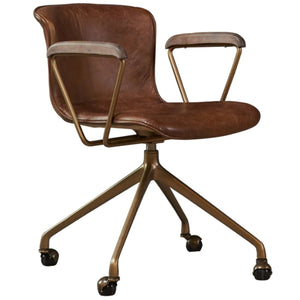

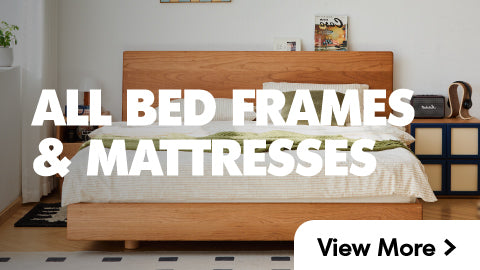
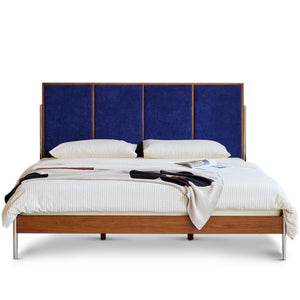
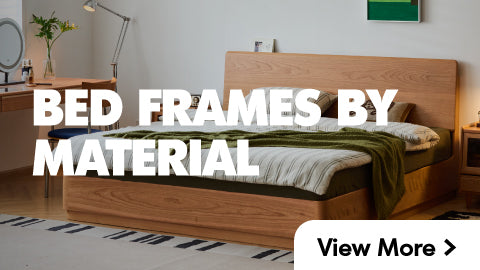
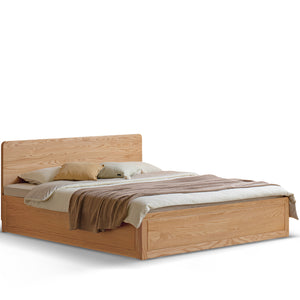
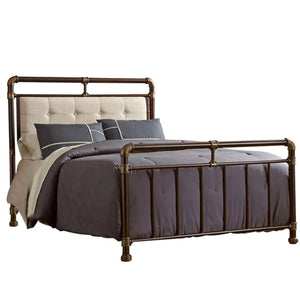
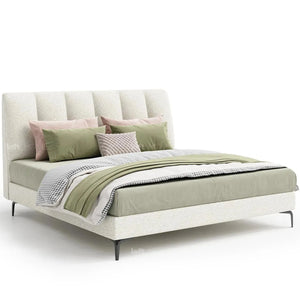
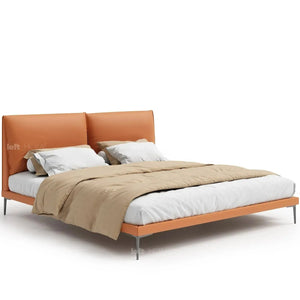
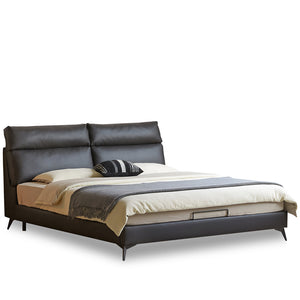
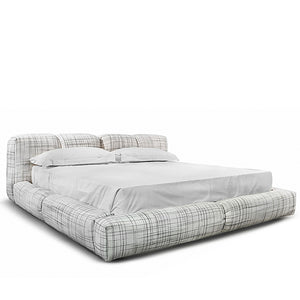
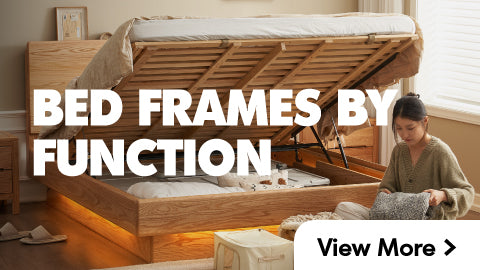
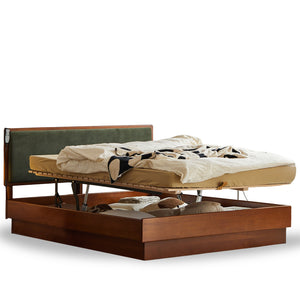


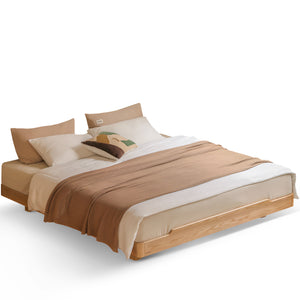
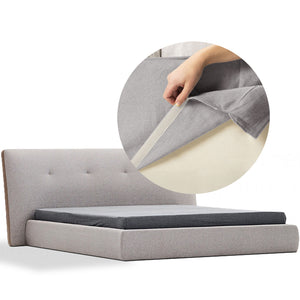
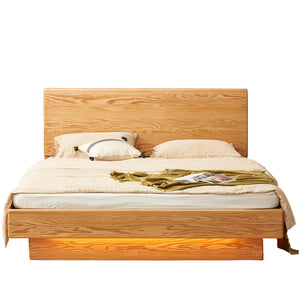
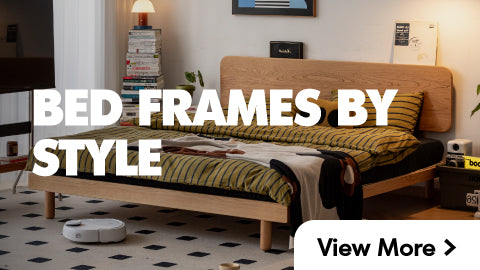
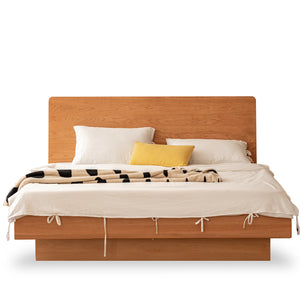
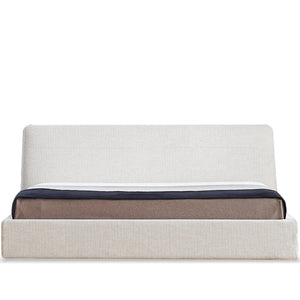
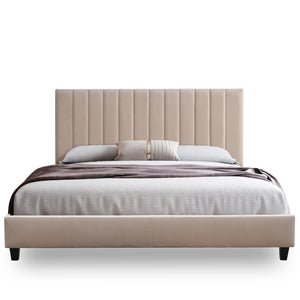
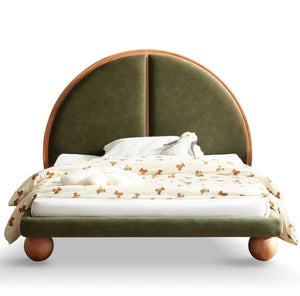
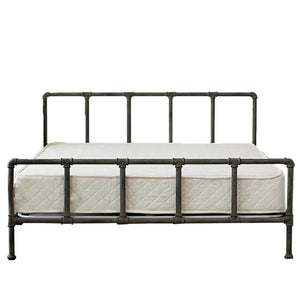
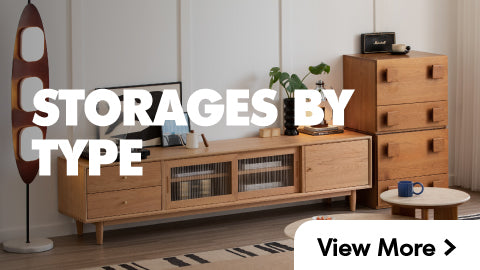
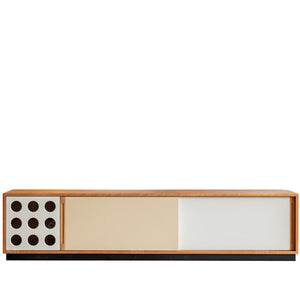

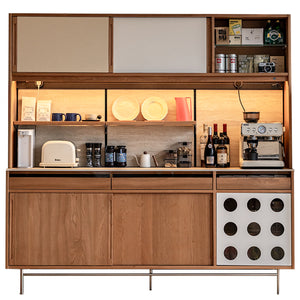
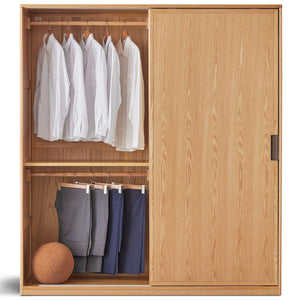
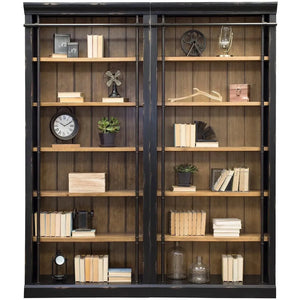
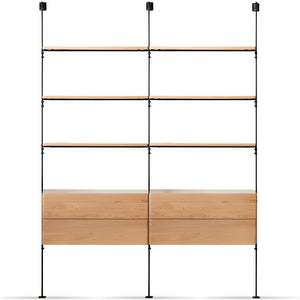
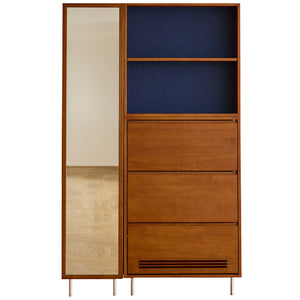
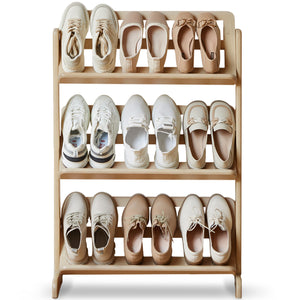
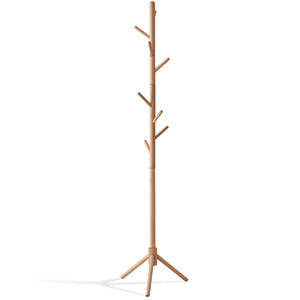
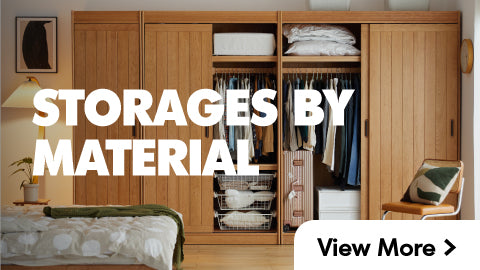
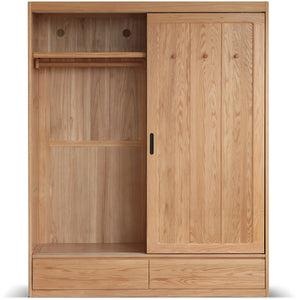
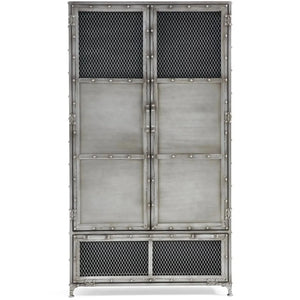
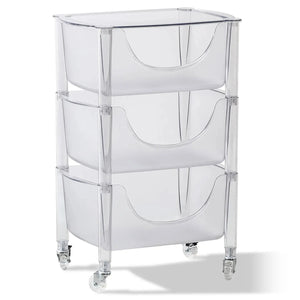
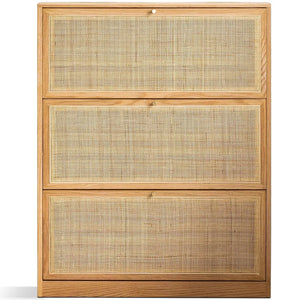
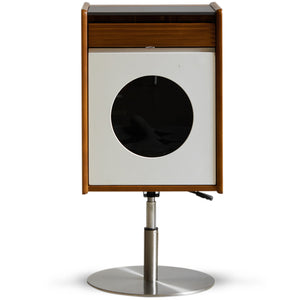
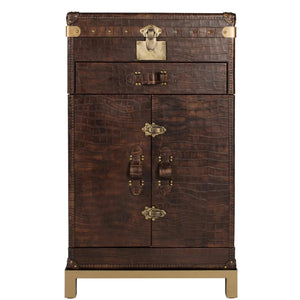

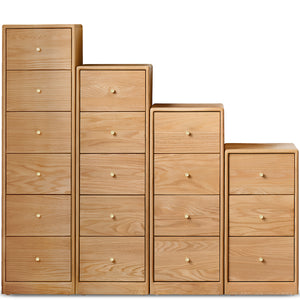
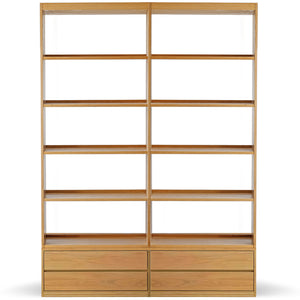
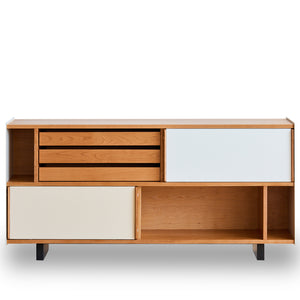
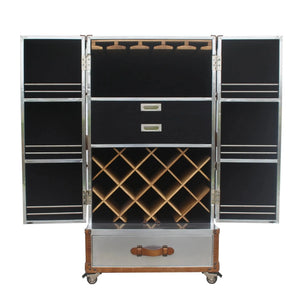
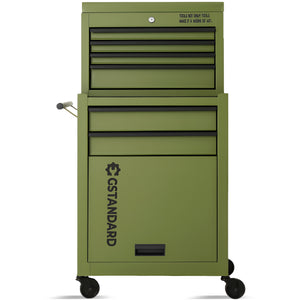

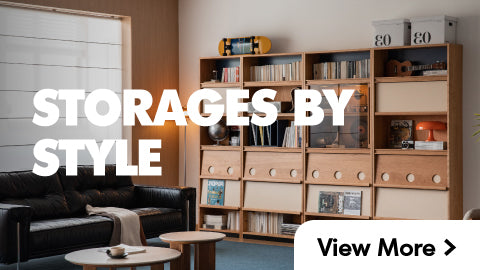
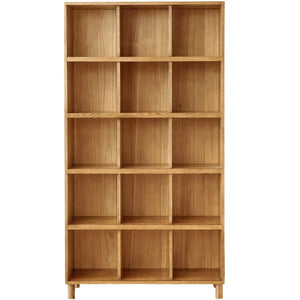

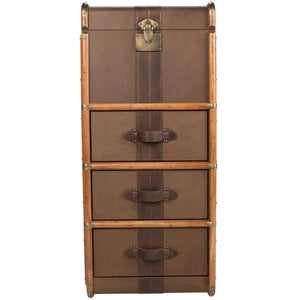
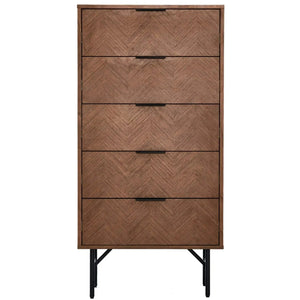
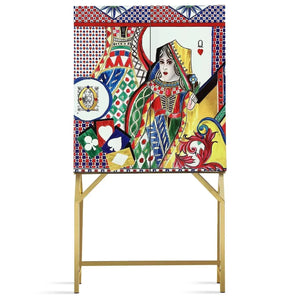
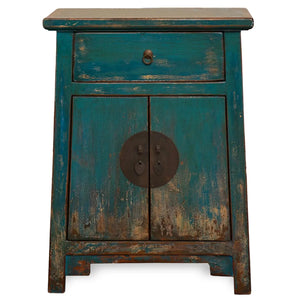


























































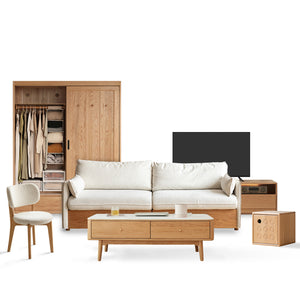
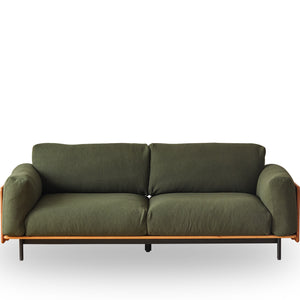
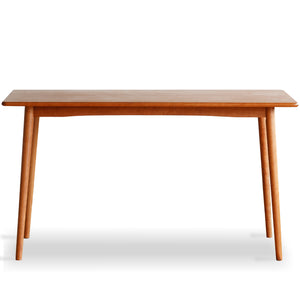
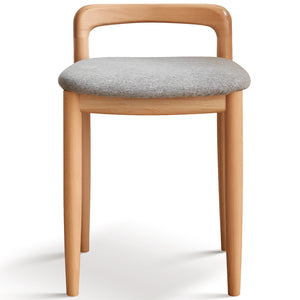
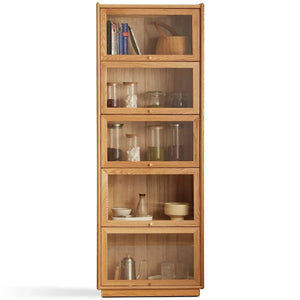
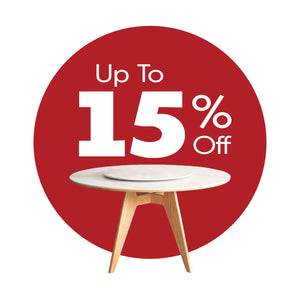


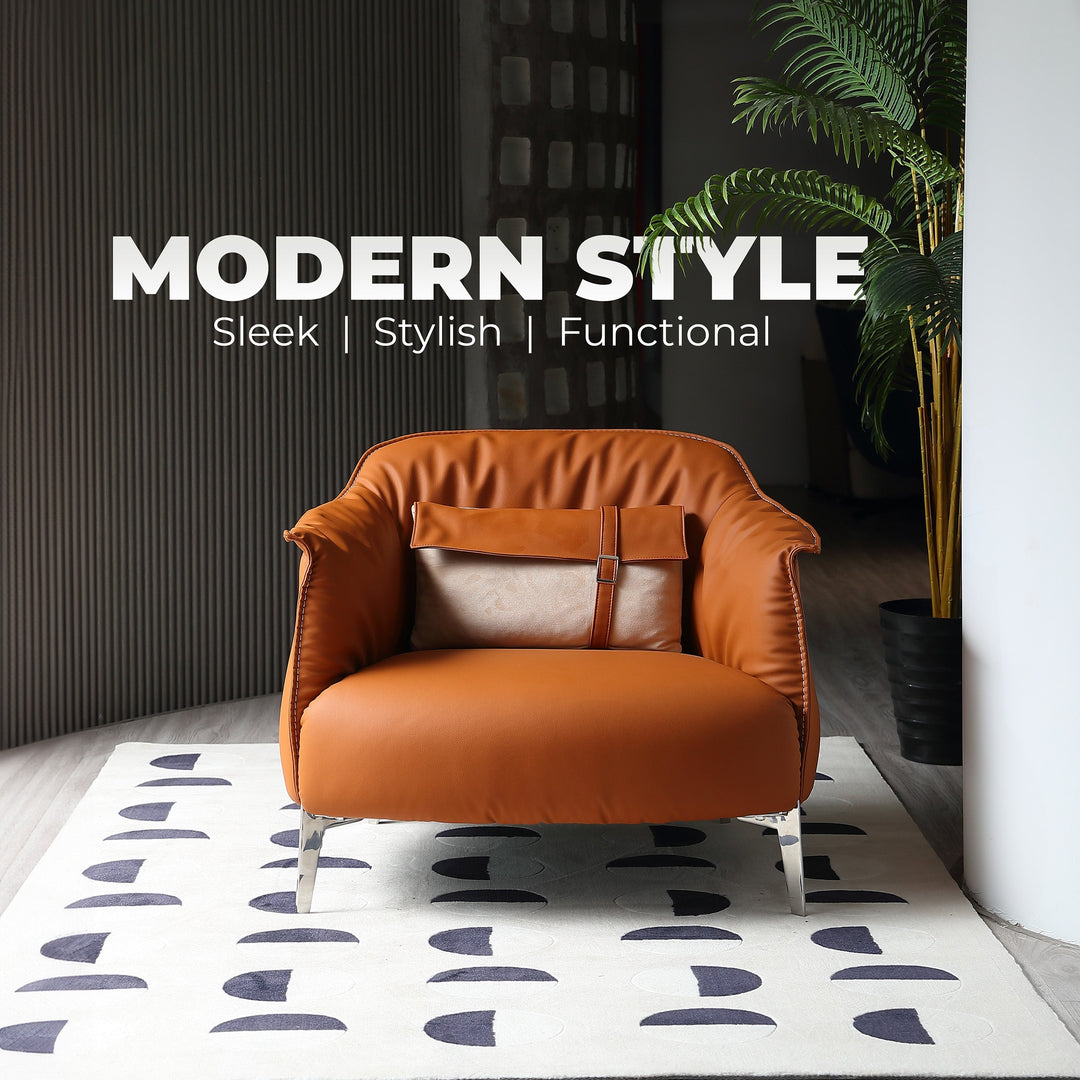
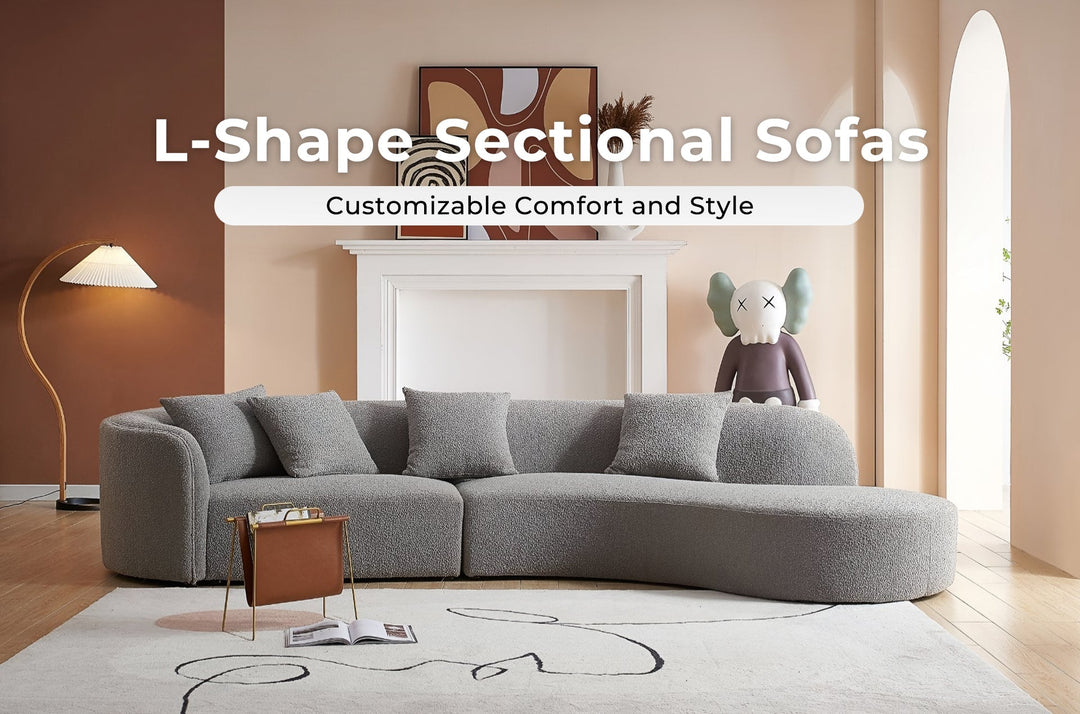




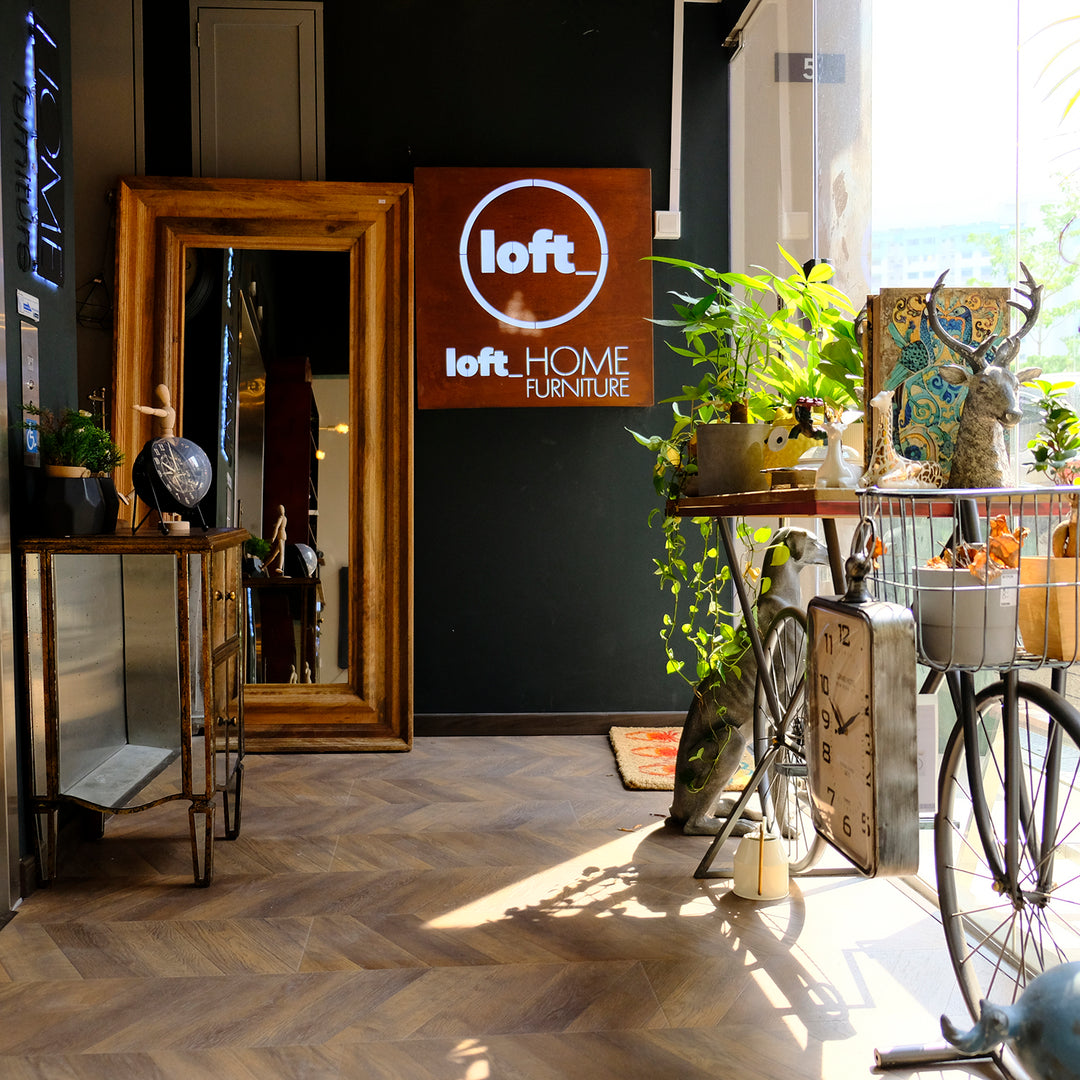
Leave a comment